I've added a seasonal twist to this simple recipe: check out my Wild Garlic Hasselback Potatoes below.
What is a hasselback potato?
Thanks to the internet, hasselback potatoes have taken the world by storm. And, it seems every food blog has its own twist on this simple potato dish. But what is a hasselback potato and where does the technique originate from?
Apparently, hasselback potatoes are Swedish! Or rather they are named after the Swedish restaurant where they were invented. The restaurant was called Hasselbacken and they first served the potatoes way back in 1953. I can't believe I was 30 before I made them for the first time.
A hasselback potato is a potato which has been cut in such a way that creates grooves that fans out when cooked and can be stuffed with herbs and spices (and sometimes even cheese). The cuts are made crosswise along the potato but don't go all the way through. The result is a potato that remains whole but has lots of edges which become crispy as the potato roasts.
Top tips for making my wild garlic hasselback potatoes
There are two ways to make hasselback potatoes: the easy way and the hard way. The hard way results in potatoes that are accidentally cut in half or have wedges chopped out of them. They don't fan out properly and they don't cook evenly. So how you can avoid these hasselback nightmares? Just follow these simple tips:
Choose a fluffy, medium sized potato
You don't want a potato that's too big or too small. You want one that is just right! I think that 2 - 3 hasselback potatoes per person is a good sized portion. While some cooks call for waxy potatoes I prefer mine soft and fluffy on the inside and crisp on the outside. I'll use a King Edward or Maris Piper potato if I can get my hands on them.
Clean the potatoes before you begin
Make sure you've removed any dirt or eyes (sprouts) on the surface of your potato before patting them dry.
Sharpen your knife
I'd never recommend cooking with a blunt knife but I'll be the first to admit I'm terrible at remembering to sharpen mine. That being said, this is one recipe that is made ten times easier if you have a sharp knife.
Use guides to avoid cutting all the way through
This is *the* one tip you must follow to make your life easy. The idea is to place the potato between either two chopsticks or the handles of two wooden utensils. When you cut down through the potato, the chopsticks of handles will prevent you from cutting all the way through. An alternative is to rest the potato in the bowl of a wooden spoon before cutting. This works just as well.
Oil the potato
As with a regular roast potato you want to rub the skin with oil before cooking! Try to get it between the cuts you've made if you can but don't worry, these will open up wider once you stuff them and as they cook.
You don't want to use the wild garlic oil for this - any unflavoured vegetable oil will do or perhaps sunflower oil, canola oil or rapeseed oil if you have them.
Season well
Don't forget to season your potatoes. After you've rubbed them with oil, sprinkle over cracked black pepper and sea salt. Try to get this into the cuts if you can.
Cut your garlic nice and thin
In this recipe we're stuffing our hasselback potatoes with garlic. Using your sharp knife slice the garlic cloves really thin. If you leave them too chunky you risk breaking the potato as you push the garlic slices into the cuts.
Baste your potatoes
When you roast potatoes you will usually toss them in their oil halfway through cooking. We don't want to risk breaking the potatoes up but we still want them to get nice and crispy. To help the skin crisp up, baste the potatoes with a little oil part way through cooking.
Drizzle the wild garlic oil immediately before serving
The wild garlic oil is too delicate to withstand high heat. To keep the flavour just drizzle it over before serving. You can even serve it separately and let people help themselves.
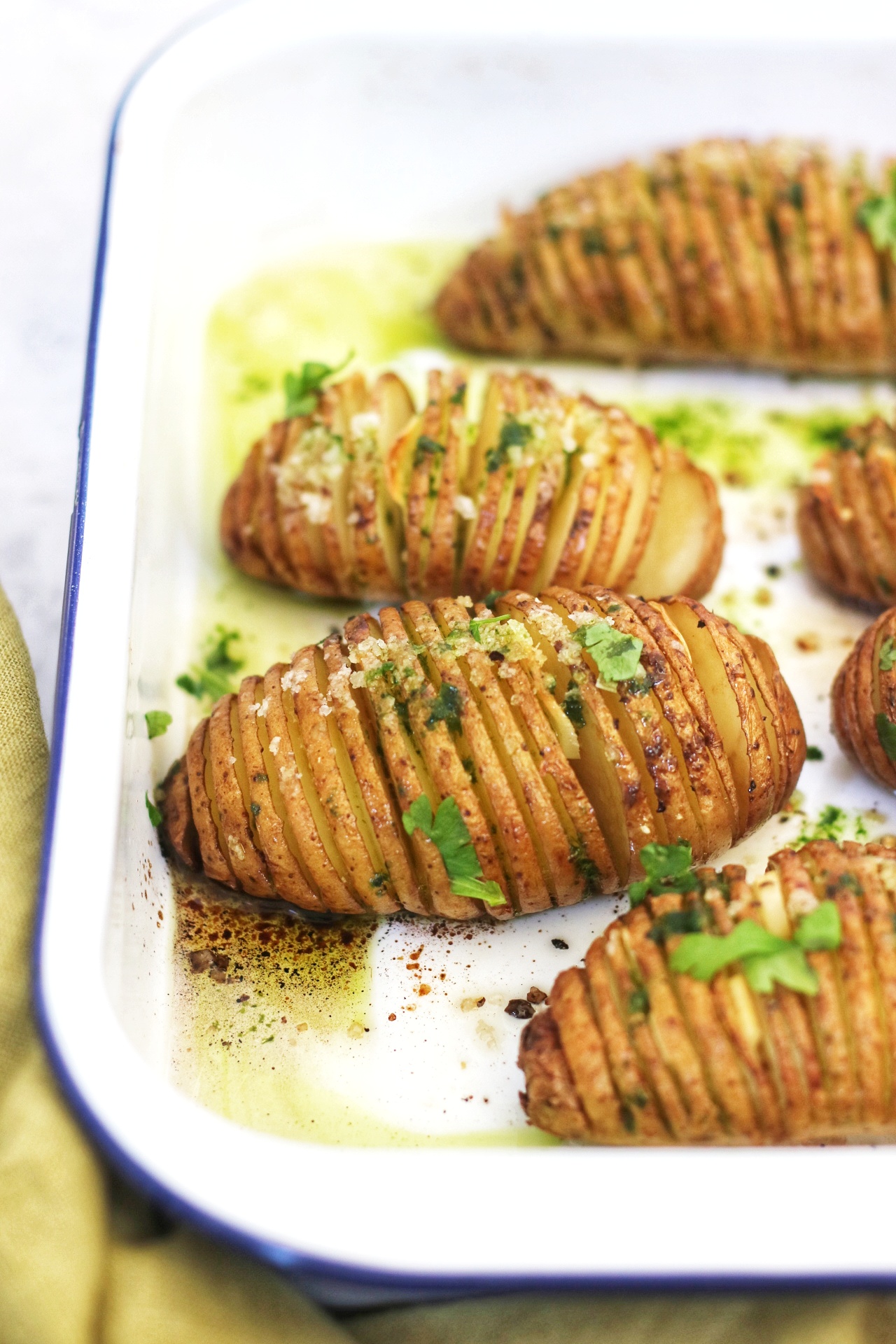
What is wild garlic?
This recipe calls for two types of garlic; regular garlic cloves and wild garlic. You may know wild garlic by another name such as ramsons. It's a green plant with delicate white flowers. It's an easy plant to identify and so it's one of the easiest things to find if you are new to foraging.
What does wild garlic taste like?
People usually first notice wild garlic because of it's smell. But, despite it's strong aroma, wild garlic actually has a lighter flavour than traditional garlic bulbs. The young, tender leaves have the best flavour in my opinion but for this recipe any of the leaves will do. The flowers are also edible and can be added to salads or used as a garnish. Their flavour is a lot more mild than the leaves.
Where can I find wild garlic?
Wild garlic grows across the UK and usually prefers dark, damp woodland. It's often found in sheltered spots next to riverbanks or streams and usually emerges from the middle to the end of March and is around until June or July. If you are really struggling to find any but want to try it you can purchase some from Farmdrop*
*This is an affiliate link. If you make a purchase I will receive £10 credit on my account.
Are ramps the same as wild garlic?
Sort of! If you're thinking that the plant I'm describing sounds familiar and wondering if you have heard it called something else in Canada / the US then you're not wrong. Ramps are the common name for American wild garlic (Allium tricoccum is the Latin name). Ramps are very similar to British wild garlic (Allium ursinum) and so you can use them in much the same way.

The recipe
These Wild Garlic Hasselback Potatoes are the perfect side dish for everything from a roast dinner to a buffet!
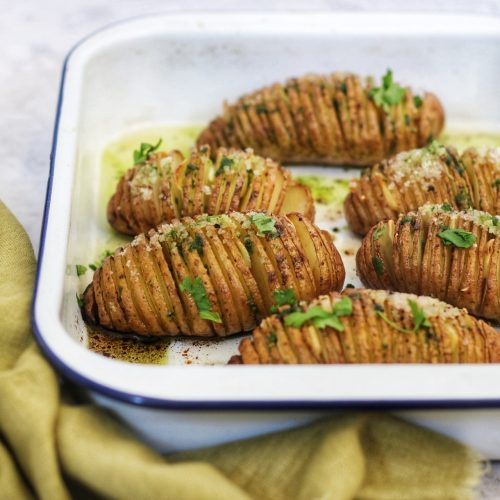
Wild Garlic Hasselback Potatoes
Ingredients
For the hasselback potatoes
- 4 cloves garlic
- 3 tablespoon vegetable oil
- 4 teaspoon salt
- 2 teaspoon black pepper ground200
For the wild garlic oil
- 200 grams wild garlic leaves
- 200 ml olive oil
For garnish
- 2 tablespoon fresh parsley chopped
Instructions
- Pre-heat your oven to 200C / 390F/ gas mark 6.
- Scrub your potatoes to make sure they are nice and clean the pat dry.
- Place two wooden spoons or chopsticks on a chopping board then place the potatoes (one at a time) between them. These handles or chopsticks will be your guide.
- Using a sharp knife, cut the potatoes very thinly from the top down to the handles / chopsticks. Leave a distance of roughly 2mm between each cut and angle them ever so slightly to avoid accidentally cutting a wedge out of the potato.
- Once you've cut each potato, thinly slice the garlic cloves and push them into the cuts.
- Rub each potato with the oil and then sprinkle over a good helping of salt and ground black pepper.
- Place the potatoes on to a baking tray (cut side facing up) and drizzle over any leftover oil.
- Bake the potatoes in the centre of the oven for 35 minutes. At this point check to see if they are crisping up nicely. Spoon over a little more oil if needed then return to the oven for another 10 minutes or until soft in the middle and crisp on the outside.
- While the potatoes are crisping up, blanch the wild garlic in a pan of boiling water for no more than 1 minute before immediately plunging it into ice cold water.
- Remove the wild garlic from the ice water and pat dry.
- Add the wild garlic to a blender and pulse until roughly chopped.
- Run the blender on low while adding the olive oil very slowly. Keep it running until you have a bright green, infused oil.
- Remove the potatoes from the oven and serve with a drizzling of the infused wild garlic oil and sprinkle over the chopped fresh parsley.
Nutrition
What if you can't get hold of wild garlic?
Not able to find wild garlic near you? Perhaps it's out of season when you're reading this. Don't worry here are some other options:
- Make the oil with another foraged herb like three cornered leek. It has a mild garlic and onion flavour and is readily available around the UK. Farmdrop* occasionally sell both wild garlic and three cornered leek if you're struggling to find it out in the wild.
- Use an oil that has been infused with whole garlic cloves. Avoid using store bought garlic flavoured oil. It's just not the same!
- Try my oregano oil or simply make this recipe swapping the wild garlic for oregano, rosemary, thyme, parsley or any other herb you have to hand.
- Replace the wild garlic oil with pesto! You can use any type of pesto you wish but this recipe tastes fab with my roasted red pepper pesto!
*This is an affiliate link. If you make a purchase I will receive £10 credit on my account.
More potato recipes
If you're looking for more way to cook the humble potato then look no further. Why not try one of these delicious potato recipes today.
More wild garlic recipes
When wild garlic is in season, make the most of it with these delicious recipes.
Why not check out my foraged foods recipe archive for more dishes and drinks made with ingredients I've sourced from my local countryside.

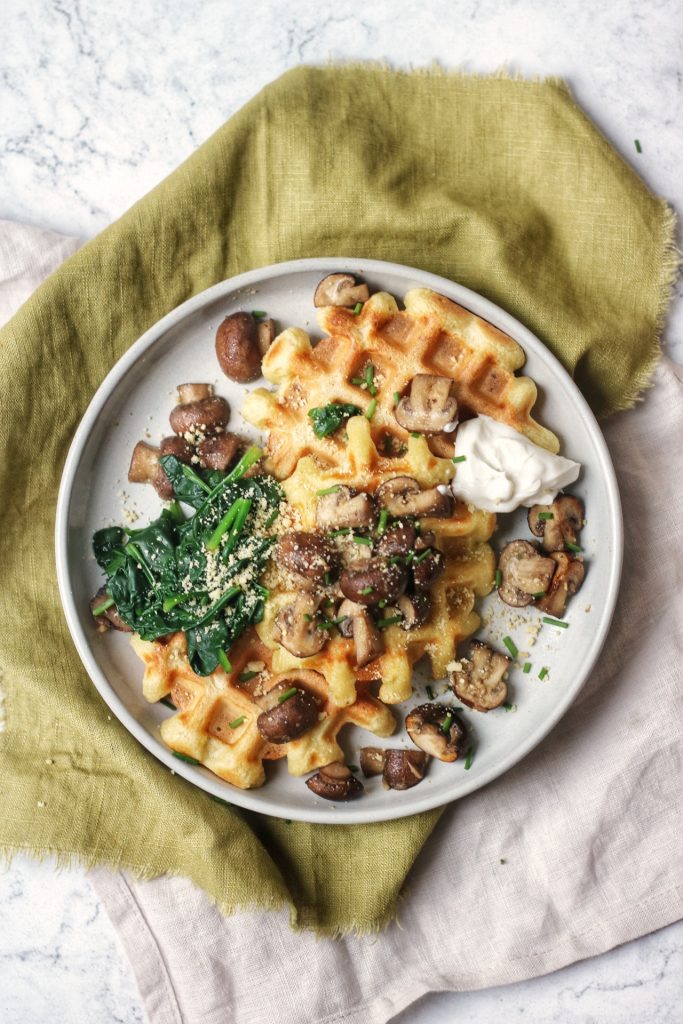
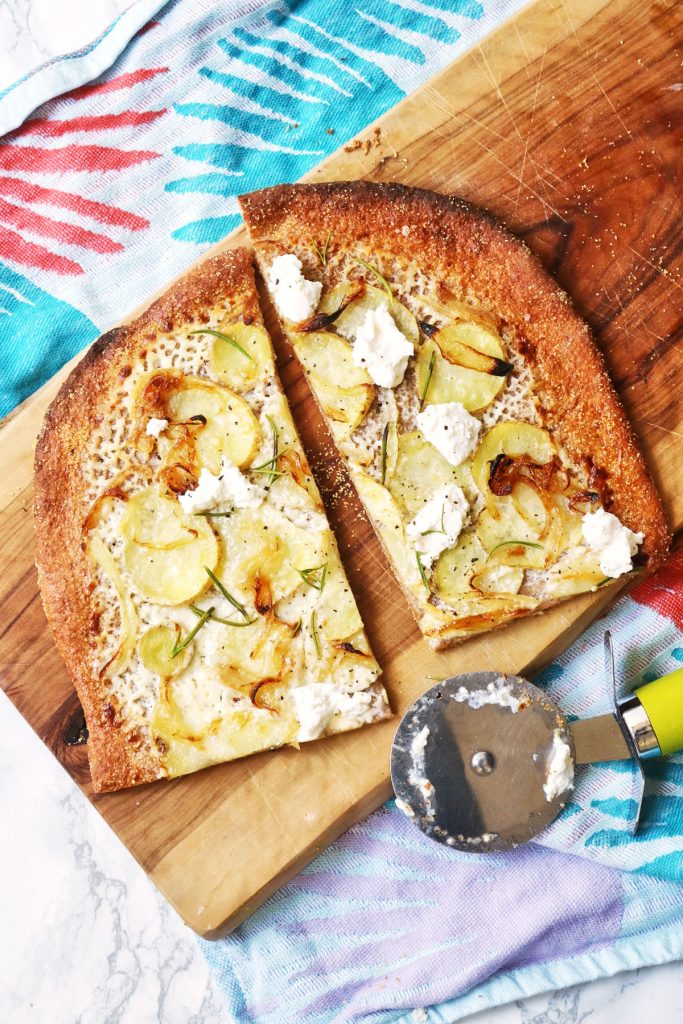
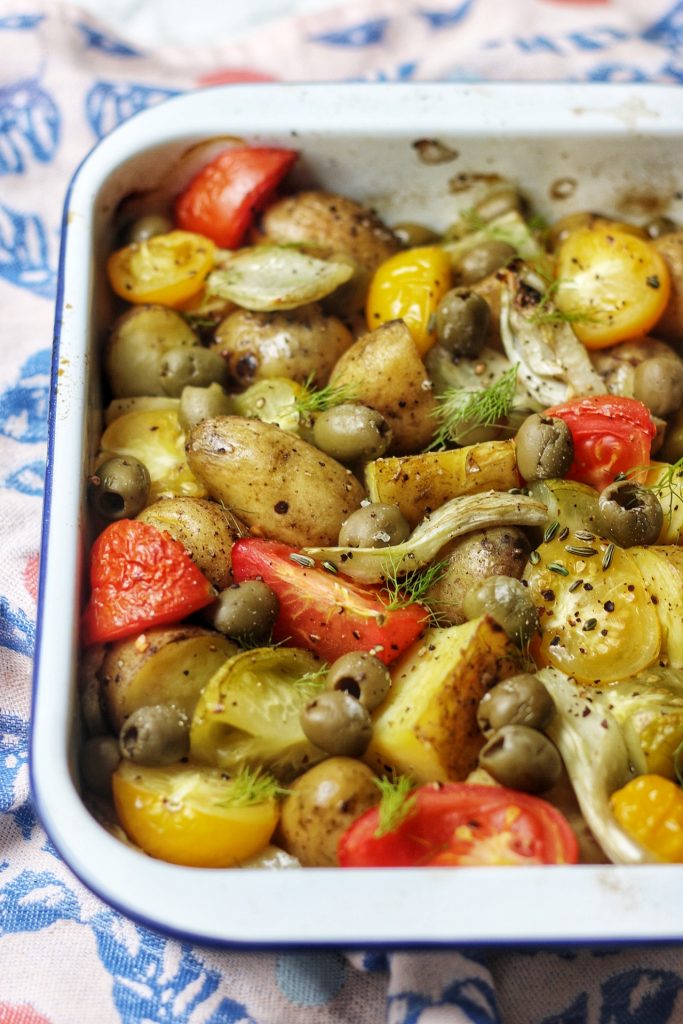
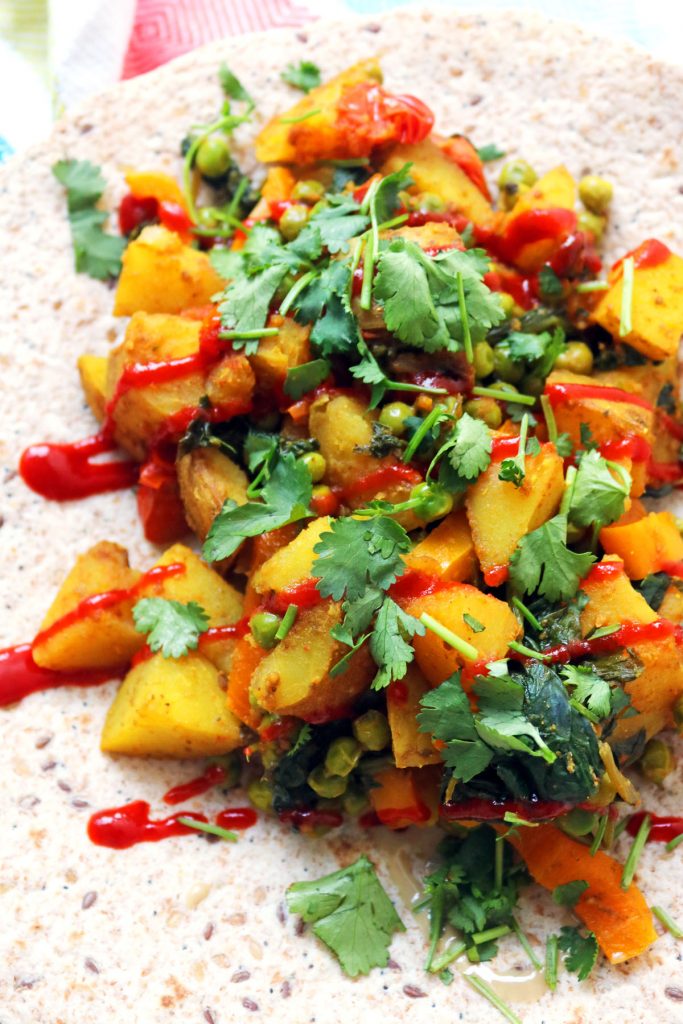
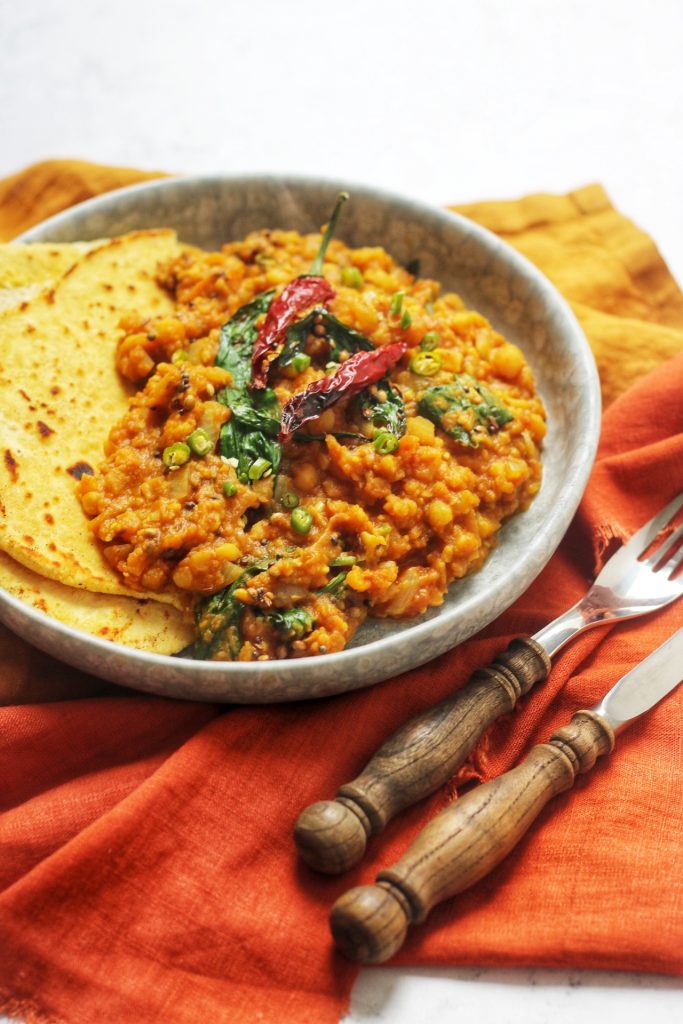
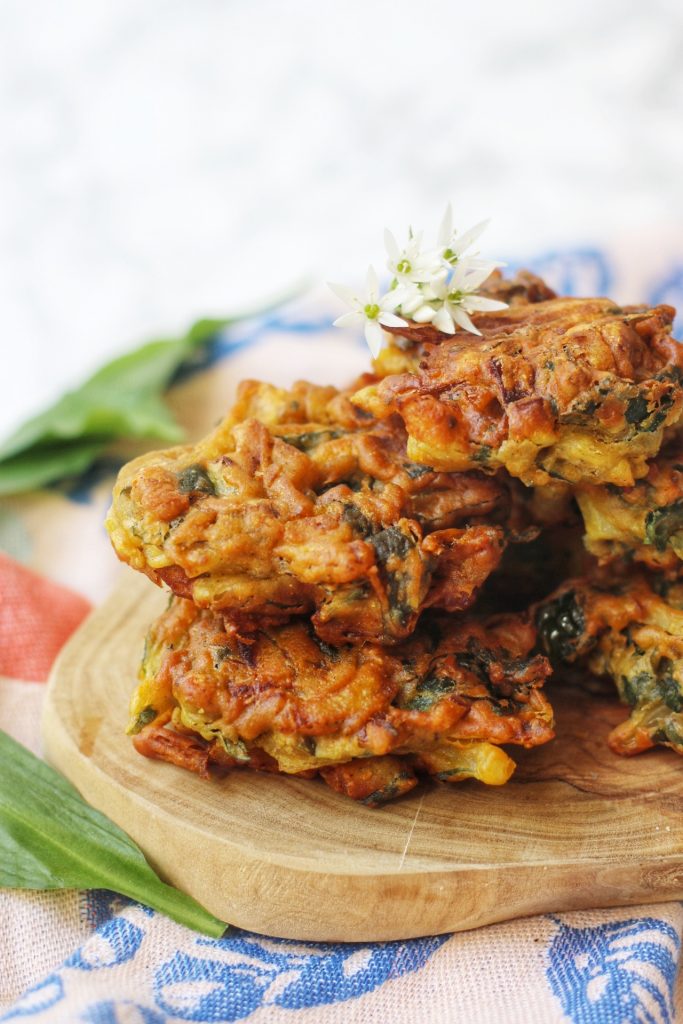
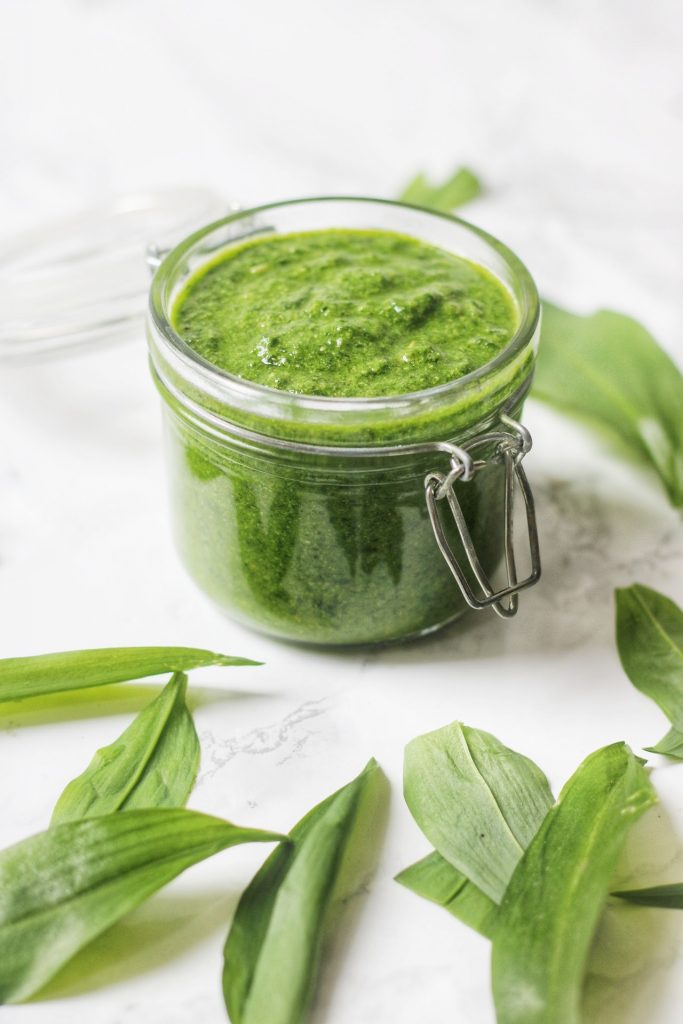
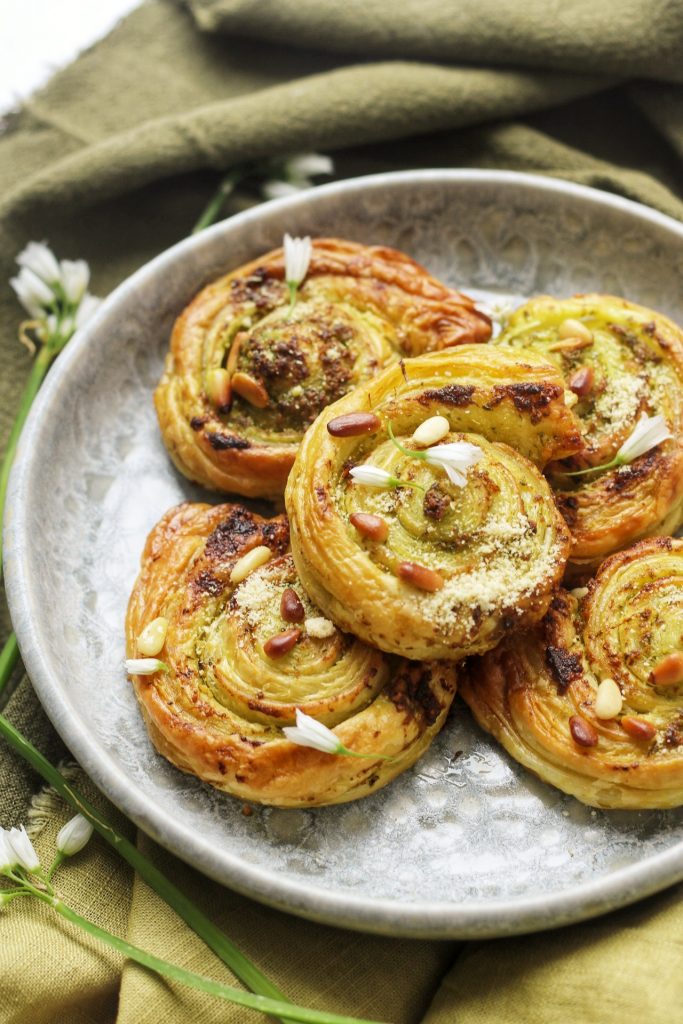
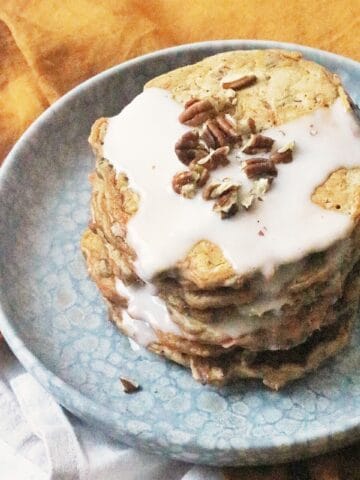

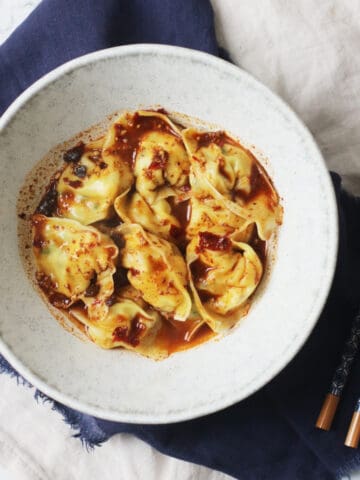
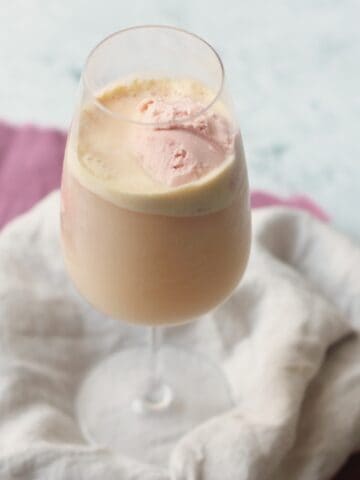
Leave a Reply